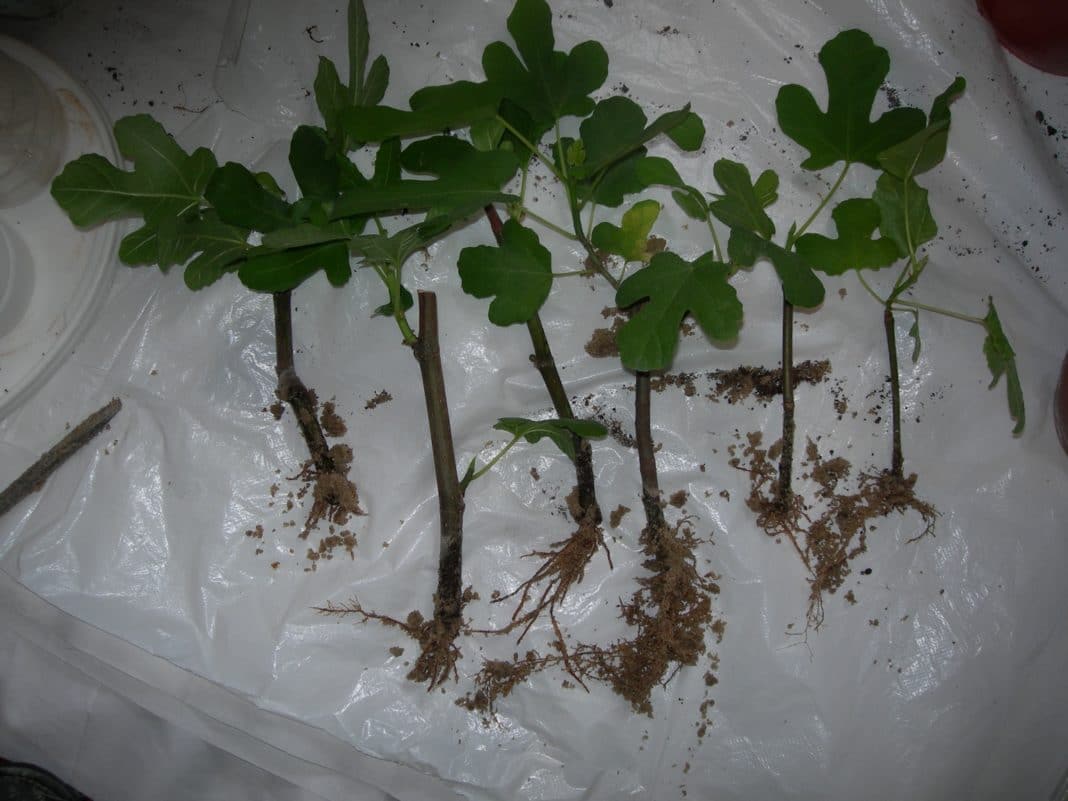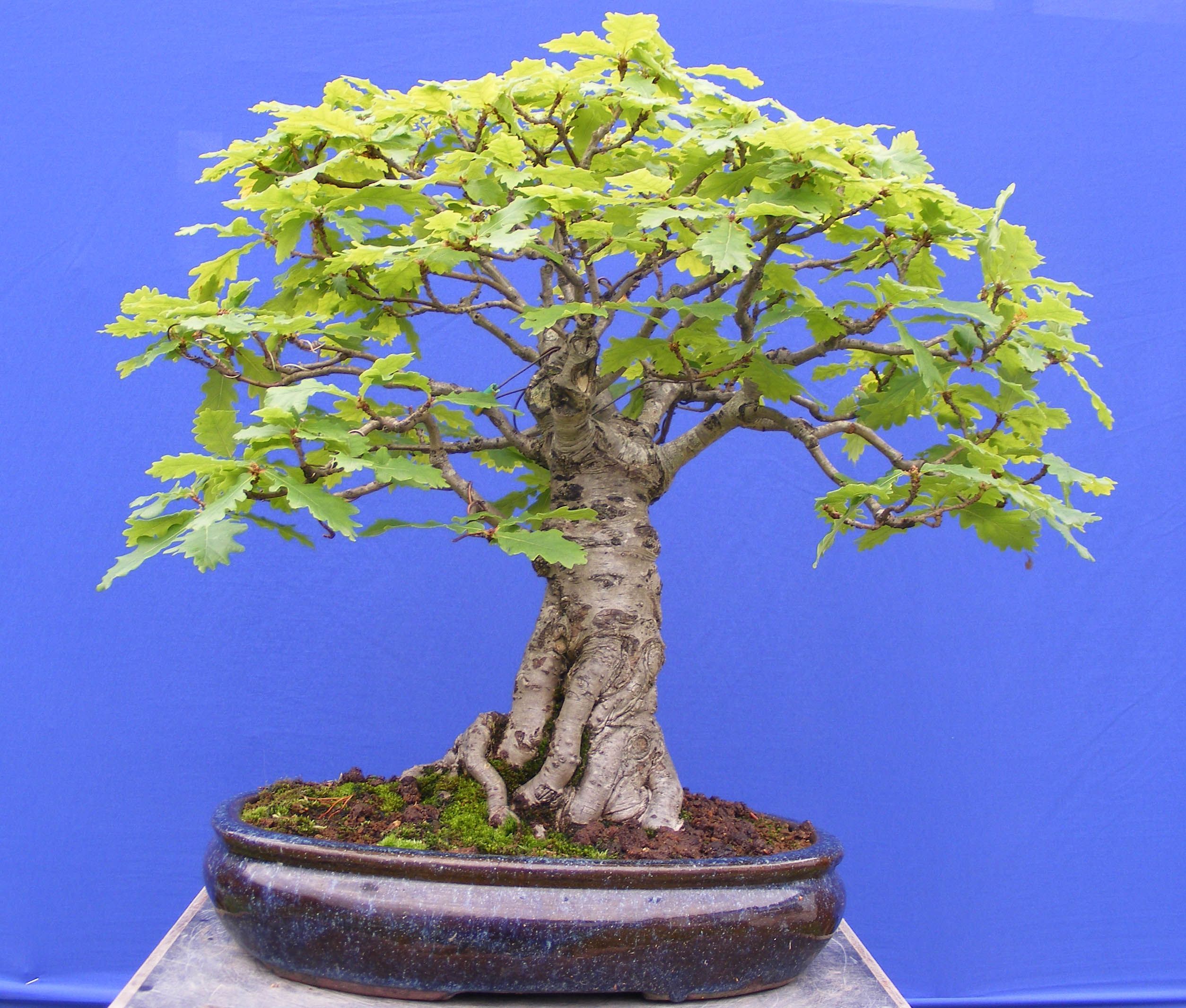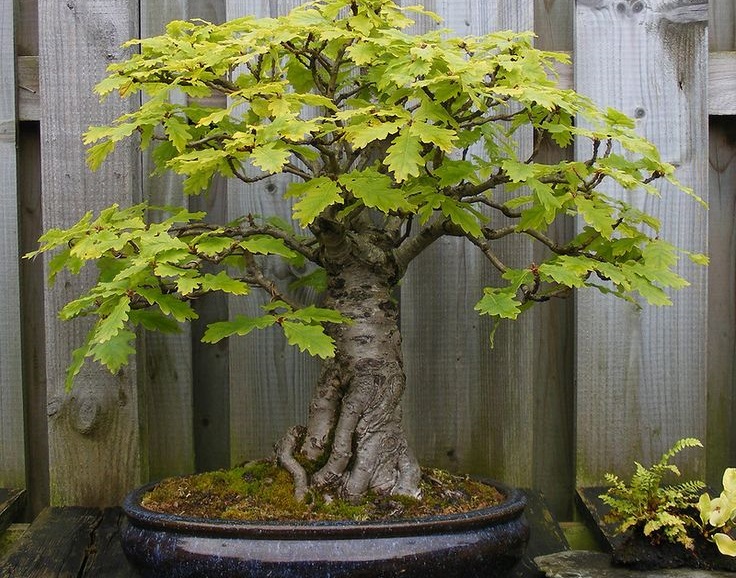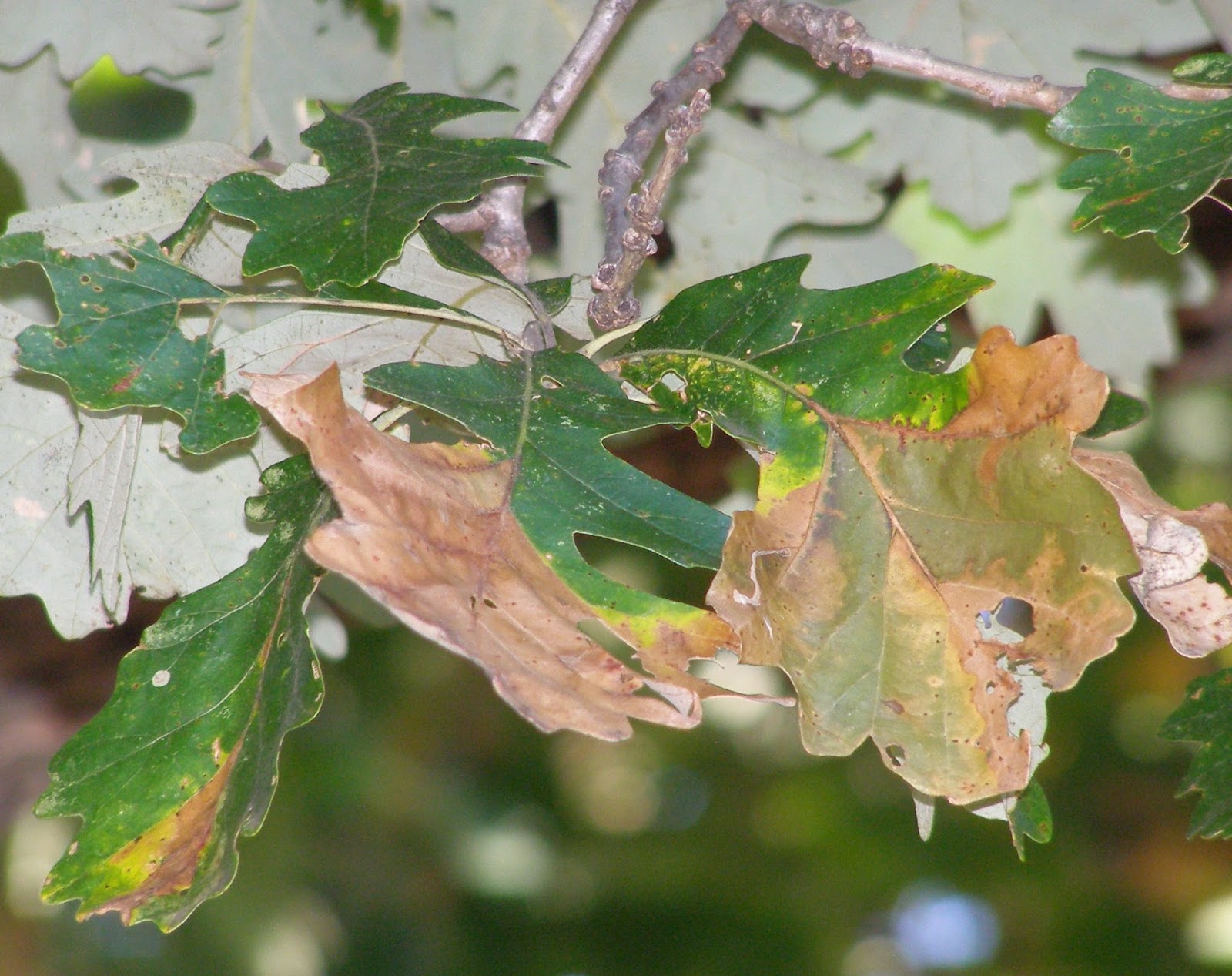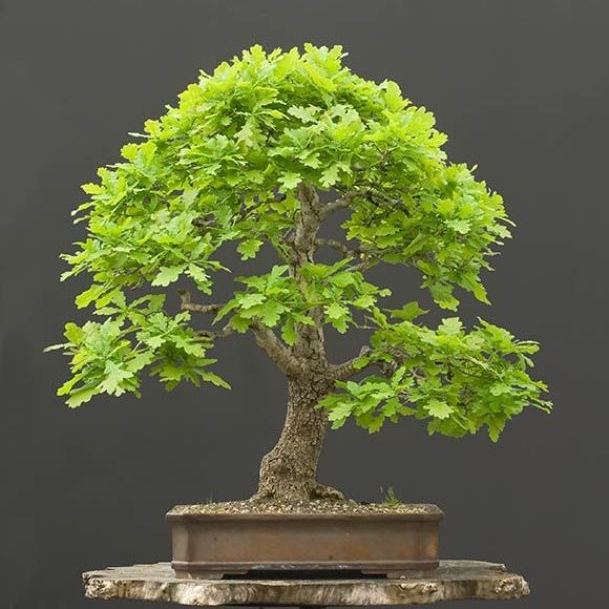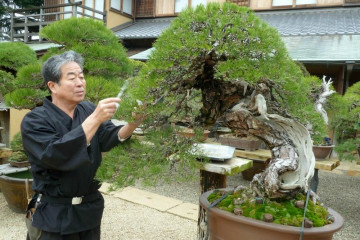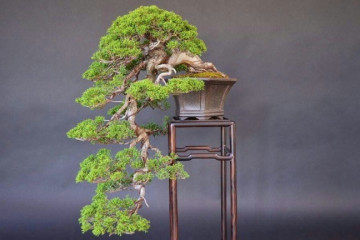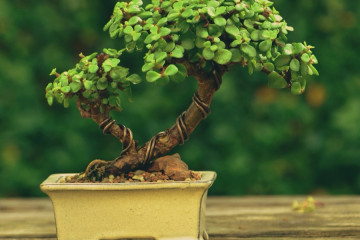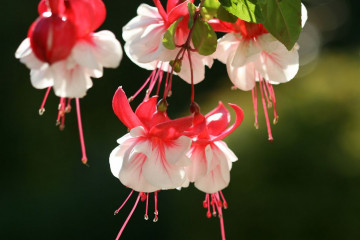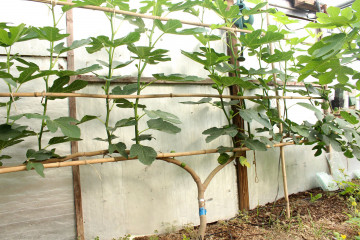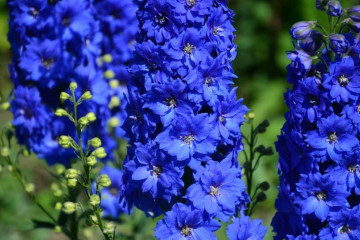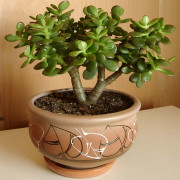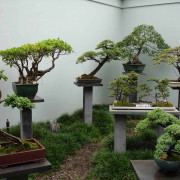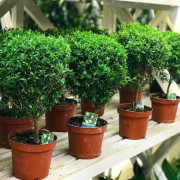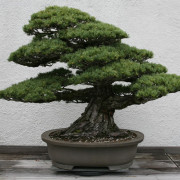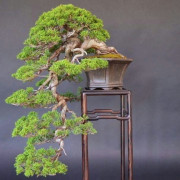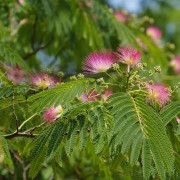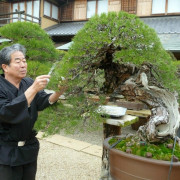Bonsai oak - self-cultivation and care
Content:
Oak is one of the most common deciduous trees on the planet. It grows on almost all continents of the world, so there are many varieties of it. The culture is unique in that, due to its crown, it can be grown in various varieties, for example, in the bonsai style.
Types of oak bonsai
Not all oak varieties are suitable for bonsai-style foliage. Most often, trees of the North American continent and beech species are used for this. For crown formation, varieties with dense foliage are needed.
The beech oak Quercus palustris is especially in demand. As a rule, it cannot be grown in a garden in mid-latitudes, so the plant is kept only indoors. Another popular species is the northern oak Quercus ellipsoidalis, which also belongs to the beech group. These trees have pointed, jagged leaves with deep lobes.
How to grow bonsai at home from oak
There are two main ways in which you can grow a tree at home: rooting cuttings and sowing seeds. In both cases, there are nuances.
From seed
To get bonsai from oak, you can plant seeds, that is, plant the acorns of the plant in the ground, and grow seedlings. This process is longer than grafting and will require special care after planting.
How to grow bonsai from an oak acorn step by step:
- Soak healthy, defect-free acorns in water. Remove and dry thoroughly.
- Plant acorns in a substrate box or small cups.
- Drizzle and cover with foil.
- Periodically, containers need to be ventilated and watered.
- When the sprouts develop a root system, and they reach a height of 10-15 cm, they can be seated in separate large containers.
From the cutting
Growing with cuttings is done in spring. Cut segments from young and powerful shoots, this must be done with an oblique cut. Cuttings are placed in a nutrient substrate by a third and moistened abundantly.
Soil or growing medium
If an oak seedling was dug in a garden or park, then it is advisable to leave the soil on its roots. The plant is demanding on the soil and will take root faster if it is planted in its "native" soil.
For planting a plant, a special substrate is used, which will consist of organic matter by a third. It should also include loose earth and some river sand.
It is necessary to provide the plant with long-term lighting, so it is not recommended to put the pot in the shade. The humidity needs high, and the temperature is from 15 to 22 degrees.
Root pruning
It is necessary to grow bonsai oak with regular root pruning. This should be done during the removal of leaf plates and dead shoots in the fall, so that the shrub does not suffer from a lack of nutrients due to the root weakened for a while.
Root pruning is carried out infrequently, only if necessary, when the branched system grows strongly. The oak is taken out of the pot and the soil is removed. If there are dried rhizomes, they are cut off, and viable roots are shortened by a third of their length.
Fertilizer
Just planting a tree in a pot is not enough; it must be fed. For this, it is recommended to use mineral fertilizers, especially nitrogen-containing ones. The shrub does not bloom, so you can apply such dressings throughout the growing season.
Formation
To obtain a beautiful crown, you need to cut the crown annually. There are many styles of bonsai pruning for oak:
- single-barreled vertical;
- forest;
- multi-barreled.
Creating a harmonious composition
In order not only to get a spectacular crown, but also to protect the bush from overvoltage, it is not recommended to form a bonsai oak in a cascading style. First of all, it is better to cut off large leaf plates and leave small ones, so the tree will look more harmonious.
Care
It is necessary to take care of the plant constantly, because in order to grow a tree of an ideal shape, it will take a lot of effort and attention. It is important to conduct all activities regularly, following certain rules.
Basic procedures and recommendations for caring for bonsai oak:
- Good lighting. Oak bonsai loves bright light. If the shrub is planted in the garden, then the place should be selected as open as possible. At home, the bush is placed closer to the south and west windows. With the arrival of autumn, additional lighting is used in the form of ordinary lamps or special safe phytolamps.
- Humidity. This criterion becomes a problem in indoor conditions with the arrival of winter. When the heating season starts, the shrubbery begins to suffer from dry air. In order not to face a similar problem, the shrub is sprayed once a day. For additional moisture, the pot can be placed on a special tray, in which you need to periodically add water.
- Temperature. In summer, bonsai oak is taken out into the garden; a similar temperature regime is optimal for it. In winter, the shrub is kept at temperatures from + 10 ... +20 degrees.
- Watering. The procedure is carried out twice a week. Irrigation water should be clean and preferably not from the tap. It contains chlorine, which is very dangerous for the shrub. Before use, tap water should settle for 5-6 hours, it should be stirred periodically.
Pests and diseases
Oak is practically not affected by insects, but the plant can get sick. This is most often due to insufficient care. Dry air, underfilling can provoke drying of the leaves. Occasionally, powdery mildew may appear in the form of a white bloom, which darkens over time. As a result, the tree loses strength and withers. The disease is treated with fungicides.
Oak bonsai looks very impressive at home. In winter, it is grown indoors, and in summer, the plant can be taken out into the garden and even taken to the country. The shrub will harmoniously fit into the garden composition.
